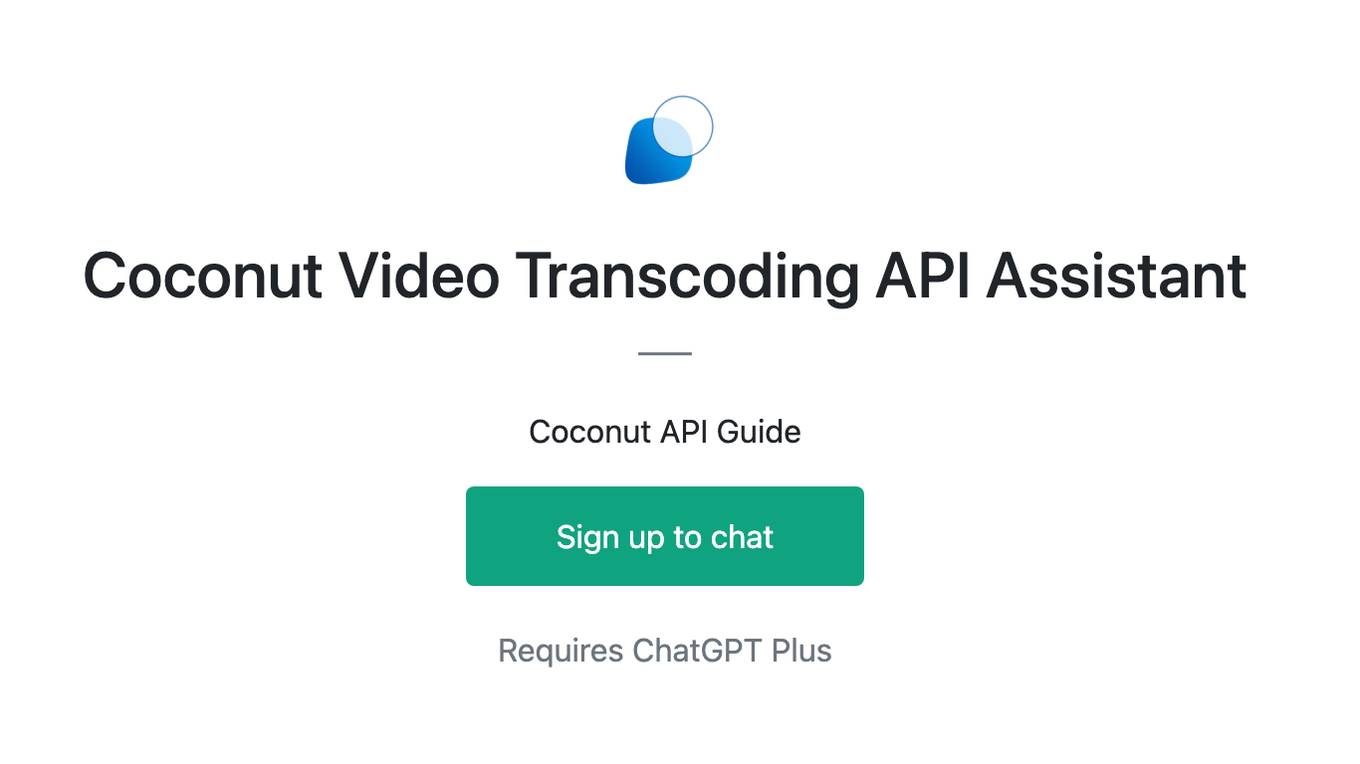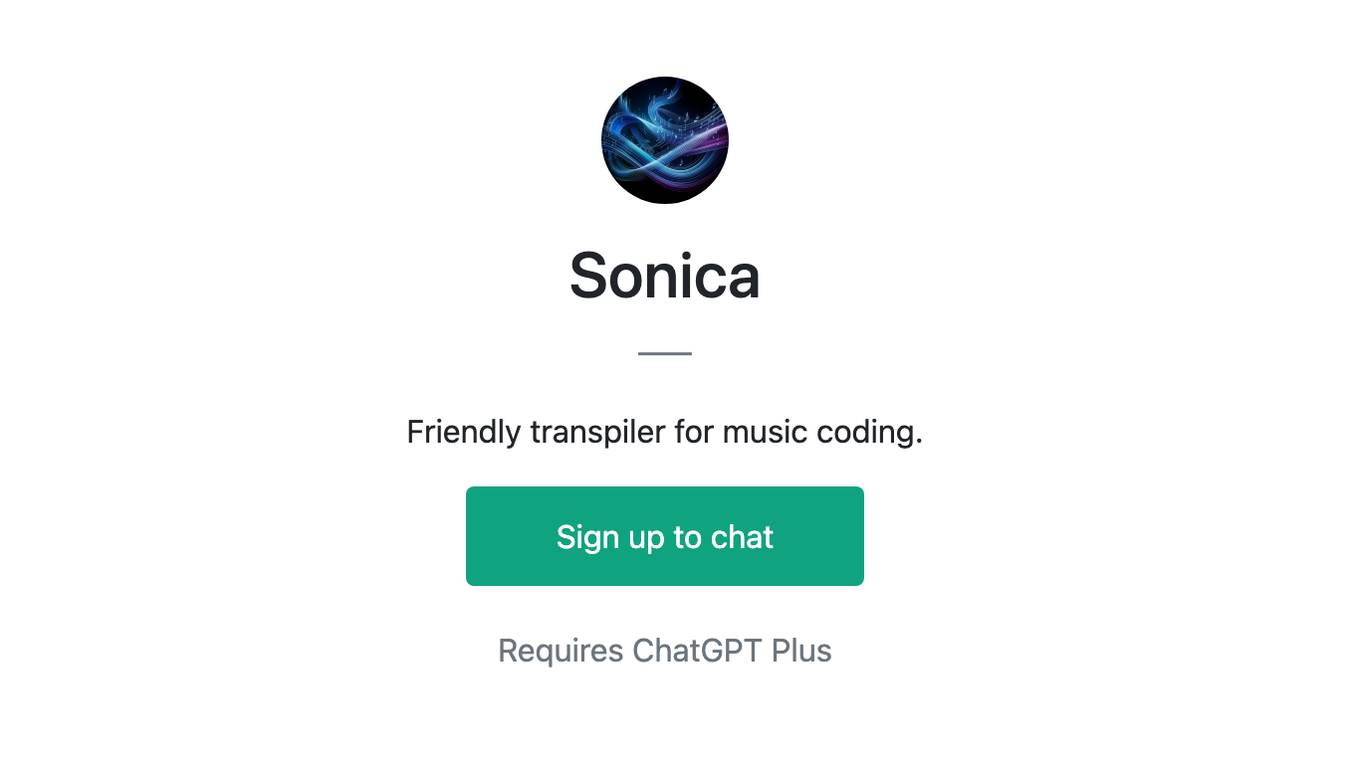Best AI tools for< Transcode Videos >
3 - AI tool Sites
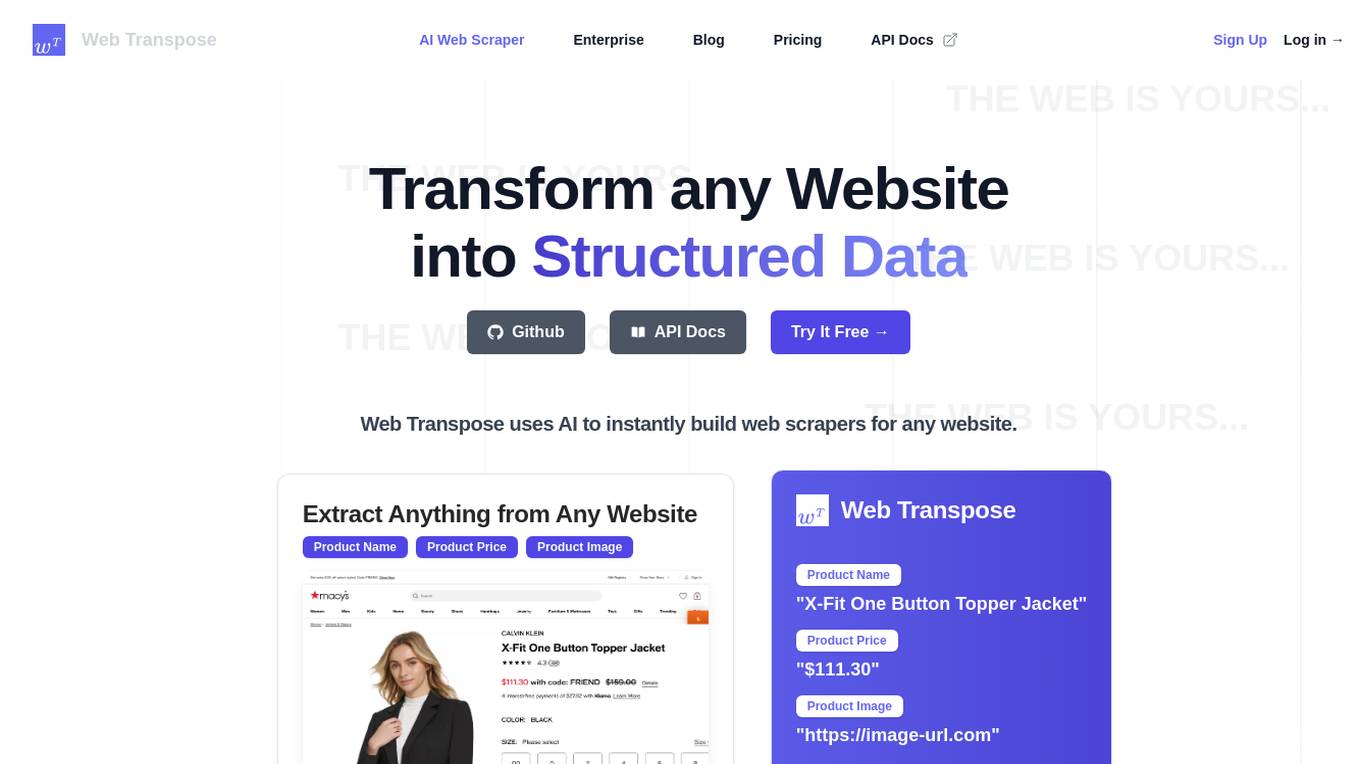
Web Transpose
Web Transpose is an AI-powered web scraping and web crawling API that allows users to transform any website into structured data. By utilizing artificial intelligence, Web Transpose can instantly build web scrapers for any website, enabling users to extract valuable information efficiently and accurately. The tool is designed for production use, offering low latency and effective proxy handling. Web Transpose learns the structure of the target website, reducing latency and preventing hallucinations commonly associated with traditional web scraping methods. Users can query any website like an API and build products quickly using the scraped data.
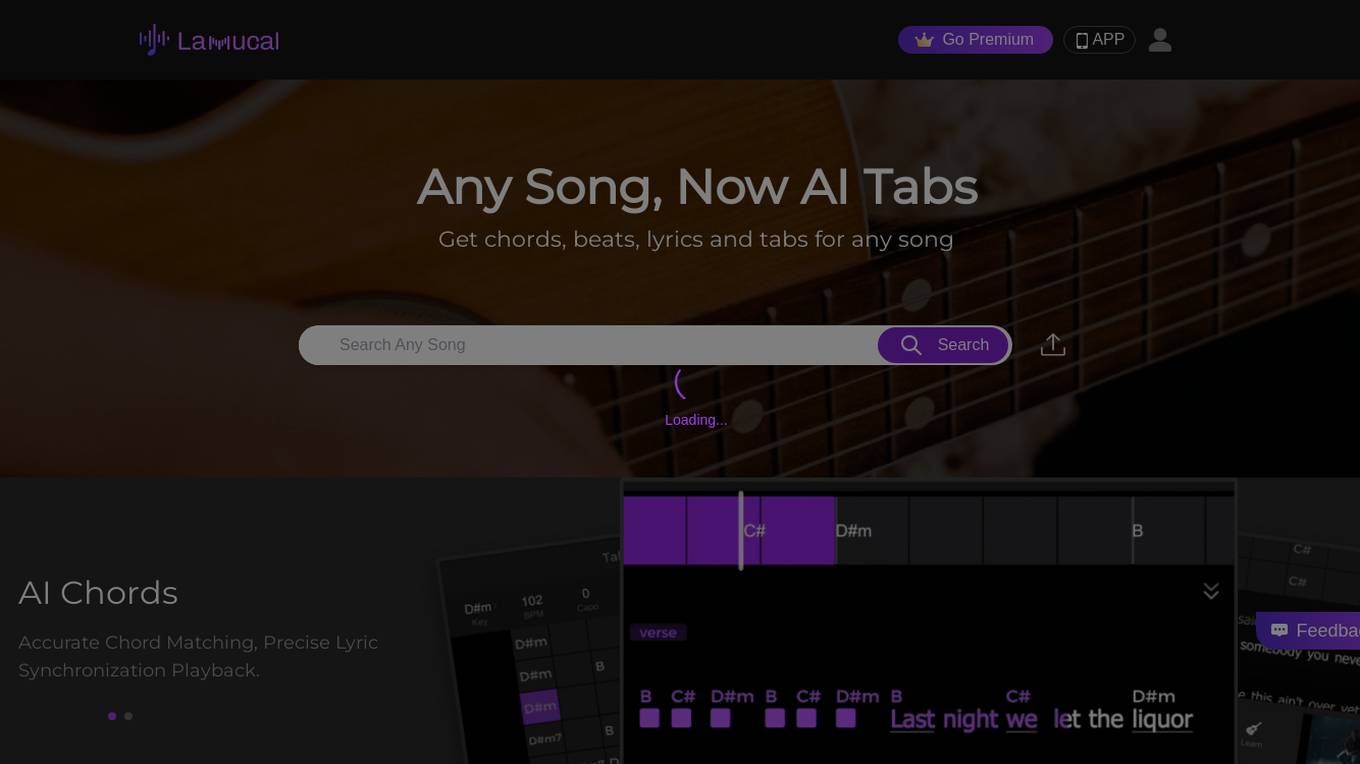
Lamucal
Lamucal is an AI-powered music application that provides users with accurate chords, beats, lyrics, and tabs for any song. It features AI-generated rhythm patterns and precise lyric synchronization, making it an invaluable tool for musicians and music enthusiasts alike. With Lamucal, users can easily find and play their favorite songs, explore new music, and improve their musical skills.
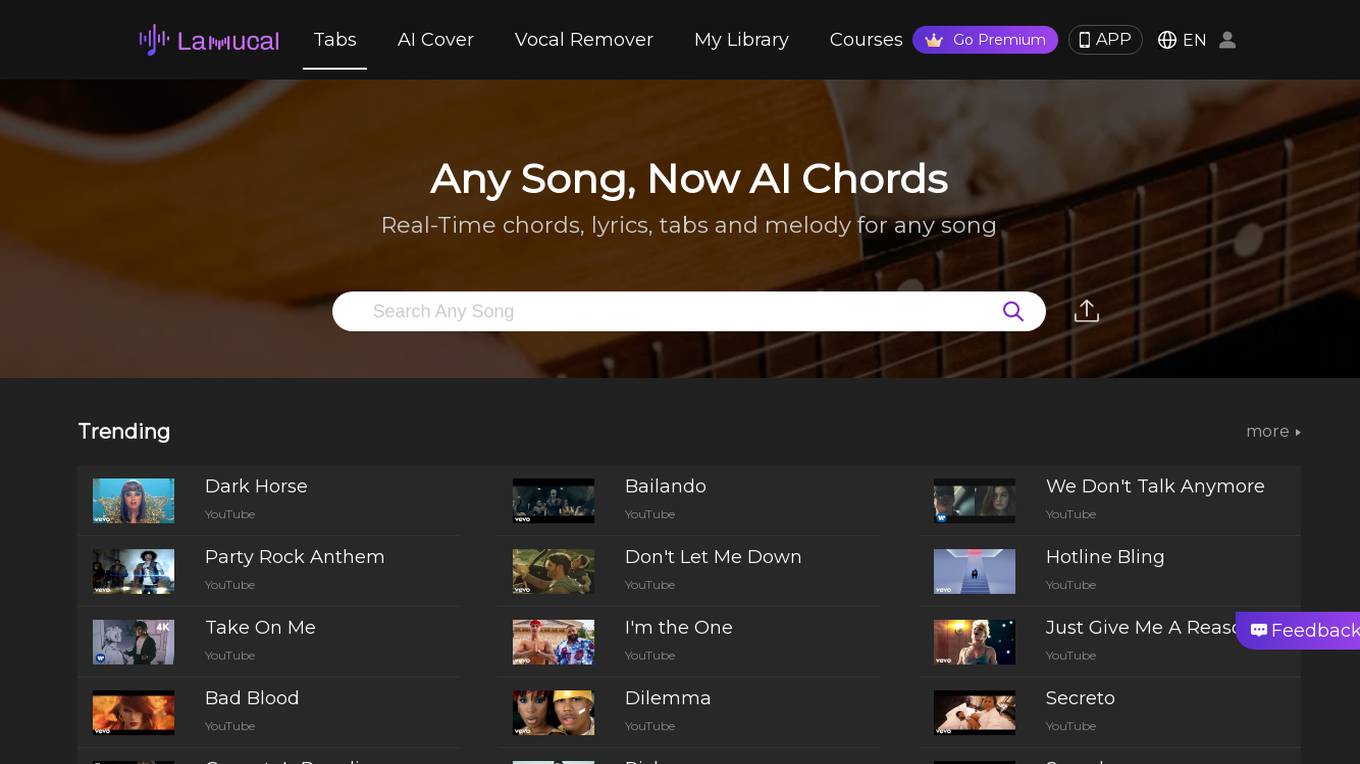
Lamucal
Lamucal is an AI-powered platform that provides tabs and chords for any song. It offers real-time chords, lyrics, tabs, and melody for any song, making it a valuable tool for musicians and music enthusiasts. Users can upload songs or search for any song to access chords and other musical elements. With a user-friendly interface and a wide range of features, Lamucal aims to enhance the music learning and playing experience for its users.
1 - Open Source AI Tools
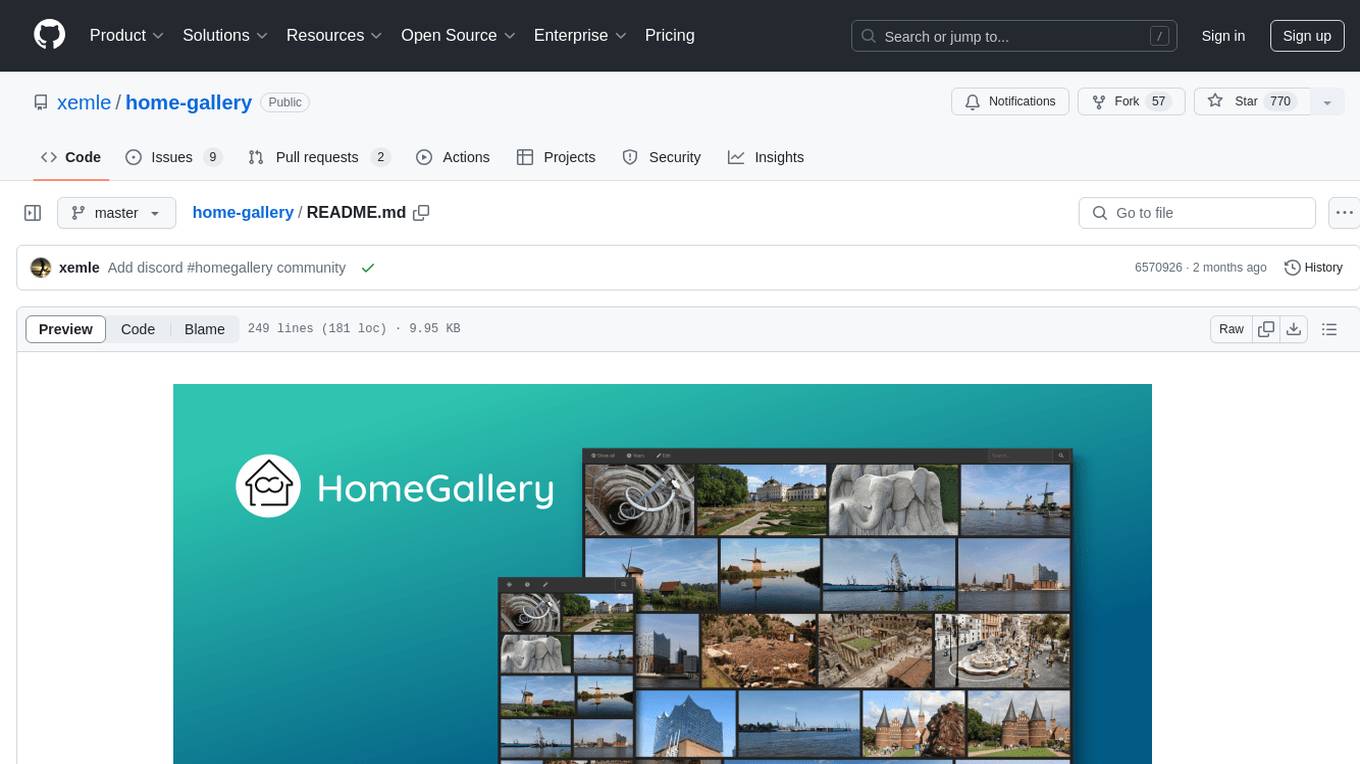
home-gallery
Home-Gallery.org is a self-hosted open-source web gallery for browsing personal photos and videos with tagging, mobile-friendly interface, and AI-powered image and face discovery. It aims to provide a fast user experience on mobile phones and help users browse and rediscover memories from their media archive. The tool allows users to serve their local data without relying on cloud services, view photos and videos from mobile phones, and manage images from multiple media source directories. Features include endless photo stream, video transcoding, reverse image lookup, face detection, GEO location reverse lookups, tagging, and more. The tool runs on NodeJS and supports various platforms like Linux, Mac, and Windows.
